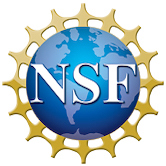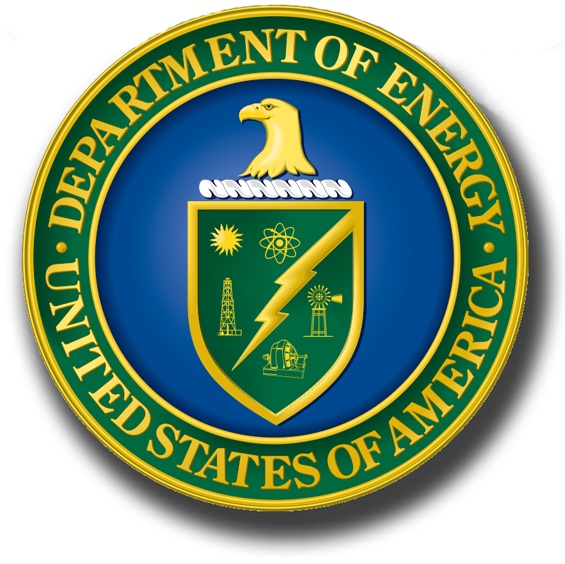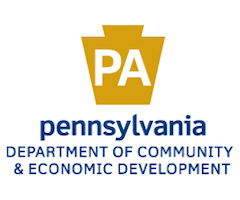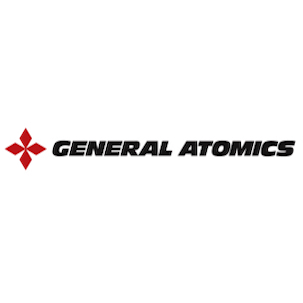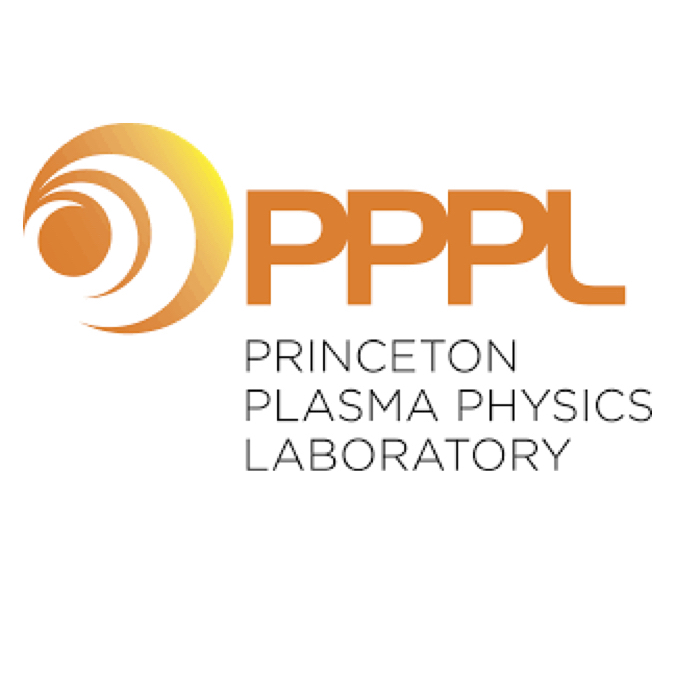Towards Scenario Optimization and Control in NSTX-U by Machine-Learning-Enhanced Equilibrium and Transport Modeling Using COTSIM
B. Leard, T. Rafiq, E. Schuster
33rd Symposium on Fusion Technology (SOFT)
Dublin, Ireland, September 22-27, 2024
The Control Oriented Transport SIMulator (COTSIM) is a dual equilibrium
and transport code that captures the most significant dynamics of a tokamak
discharge with calculation times suitable for control purposes. The modular
nature of the code facilitates multipurpose functionality by allowing
the user to choose models suitable to their necessary accuracy/speed requirements.
Therefore, the code can range from fast to faster-than-real-time computational
speeds depending on the objectives of the user. This work presents simulation
results from COTSIM for several NSTX-U scenarios and compares them with
TRANSP predictions and experimental measurements. The prediction capabilities
of COTSIM for NSTX-U have been recently improved by including various
neural-network surrogate models as well as a self-consistent equilibrium
calculations. The sources’ depositions are now predicted using surrogate
models for NUBEAM [1] (for neutral beam injection) and TORIC [2] (for
heating harmonic fast waves). Similarly, a surrogate model for the Multi-Mode
Module (MMM) [3] has been developed to predict the anomalous thermal,
momentum, and particle diffusivities which are pivotal to modeling the
evolution of temperature and rotation. Each of these surrogate models
was trained specifically for the NSTX-U operating regime, with the goal
of improving the accuracy of COTSIM’s predictions without significantly
sacrificing computational speed. In addition, various fixed-boundary and
free-boundary equilibrium solvers have been coupled with the transport
solvers in COTSIM to predict self-consistent evolutions of the equilibrium
and the plasma profiles throughout the tokamak discharge. These substantial
modeling improvements allow COTSIM to be utilized for a wider range of
model-based control objectives related to NSTX-U such as dual equilibrium
and transport scenario optimization, real-time profile (e.g., temperature
and rotation) estimation from limited/noisy measurements, and feedback-based
advanced-scenario control.
[1] M.D. Boyer et al., Nuclear Fusion, 59 056008 (2019).
[2] Á. Sánchez-Villar et al., EPS Conf. Plasma Phys. 47A: o5.104 (2023)
[3] T. Rafiq et al., Phys. Plasmas 20, 032506 (2013).
*Supported by the US DOE under DE-SC0021385.
